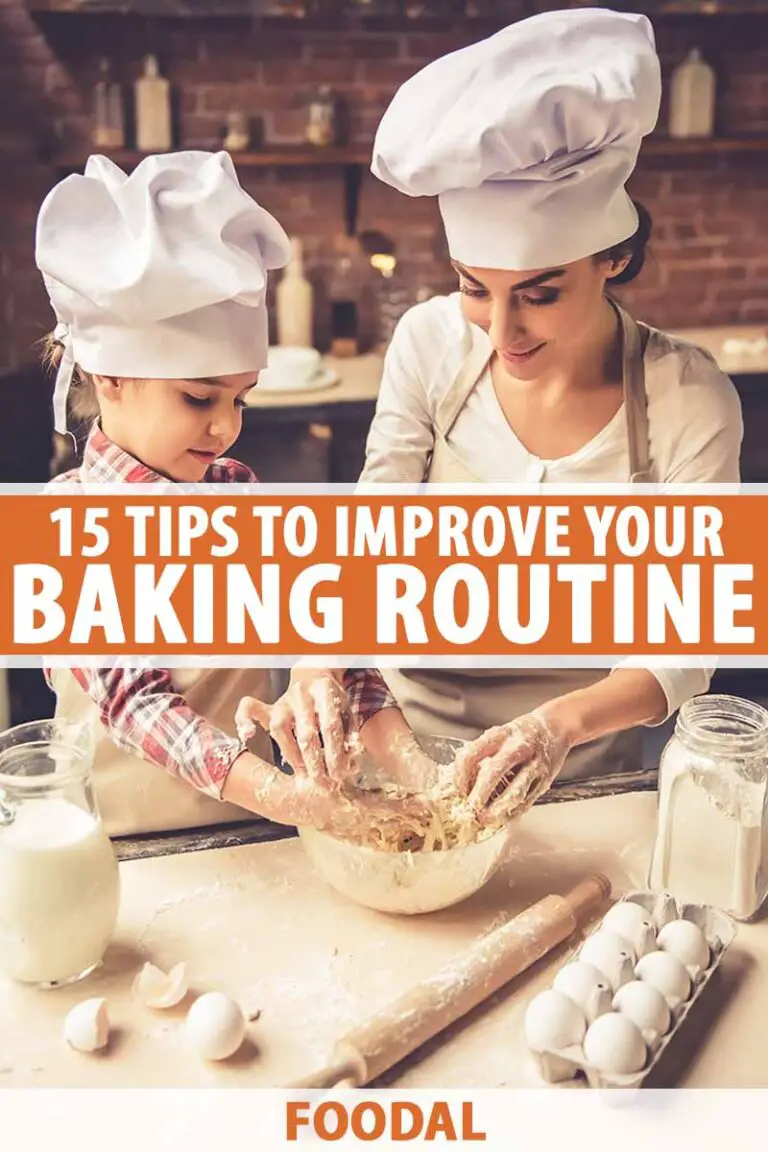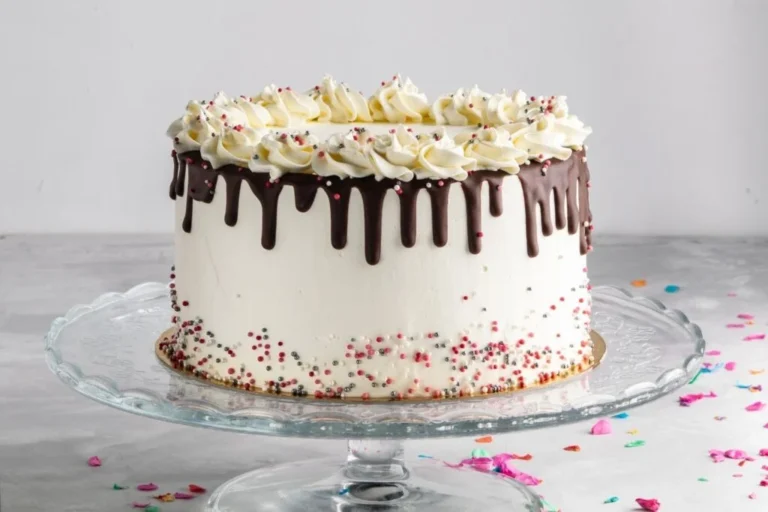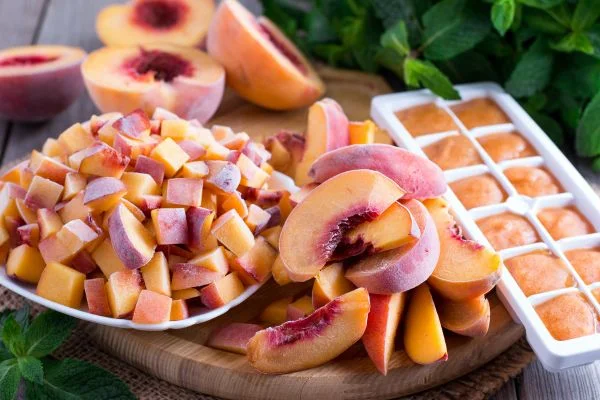In its most basic form, margarine is a sort of butter manufactured from vegetable oils. As a result of its lower fat content than butter, margarine is utilized in baking, resulting in lighter and longer-lasting cakes and other baked goods compared to those made with butter. It is also cholesterol-free, making it a better choice for folks checking their cholesterol levels, such as those who exercise regularly.
What can I use instead of margarine in baking?
The use of margarine in baking is extremely versatile, as there are numerous varieties available. Some are more nutritious than others, but they will all work in most recipes. There are, however, different varieties of butter that can be used as a substitute for clarified butter.
In the case of a recipe, substituting pureed avocado for margarine will result in a faint green hue. Still, it will also contribute beneficial fats to the mix, making the final product richer and creamier overall. Another alternative is to substitute nut butter for margarine. They can be used to flavour and add richness to baked items and produce frostings and sauces, among other things.
Can you make cakes with butter instead of margarine?
Butter is a dairy product produced by skimming the cream off the top of milk. In addition to being used as a spread, it is also utilized in cooking and as an ingredient in many dishes. Some recipes call for butter instead of margarine, which can be substituted successfully.
In contrast to butter, derived from dairy products, margarine is created from vegetable oils. Some individuals claim that butter tastes better than margarine and is also more nutritious than margarine. Margarine has a lower saturated fat content than butter, but it still contains trans fats, which are hazardous to one’s health in large quantities.



